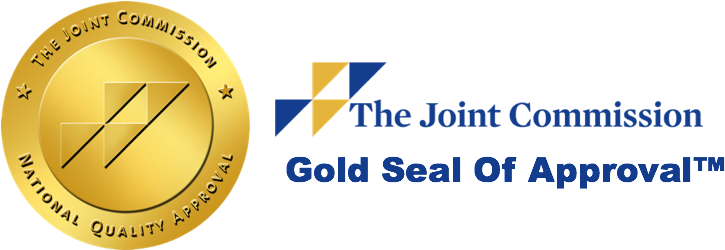Experiencing or seeing someone experience a bipolar manic episode can be both alarming and trying. This is especially true if you are unsure of what mania and bipolar disorder are. The good news is that, while difficult at the moment, there are many ways to treat mania and bipolar I disorder that can keep them from worsening or manifesting again.
What Is Mania?
It is important to understand that mania has certain criteria that must be met to be considered as such. So then what exactly is mania, and what exactly are those criteria?
According to the peer-reviewed write-up titled Mania by Doctors Dailey and Saadabadi, “Mania, or a manic phase, is a period of 1 week or more in which a person experiences a change in behavior that drastically affects their functioning… The defining characteristics of mania are increased talkativeness, rapid speech, decreased need for sleep, racing thoughts, distractibility, increase in goal-directed activity, and psychomotor agitation. Some other hallmarks of mania are an elevated or expansive mood, mood lability, impulsivity, irritability, and grandiosity.” These defining characteristics are also warning signs that someone is experiencing mania or having a bipolar manic episode.
Mania can manifest for many reasons such as recreational alcohol or drug use, a reaction to prescription medication, or an elevated change in stress levels. However, one of the most common causes of mania is bipolar disorder, more specifically, bipolar I disorder.
What Is Bipolar I Disorder?
According to the National Institute of Mental Health (NIMH), “Bipolar I disorder is defined by manic episodes that last for at least 7 days (nearly every day for most of the day) or by manic symptoms that are so severe that the person needs immediate medical care. Usually, depressive episodes occur as well, typically lasting at least 2 weeks. Episodes of depression with mixed features (having depressive symptoms and manic symptoms at the same time) are also possible.” Exhibiting symptoms of depression alongside mania is crucial in determining if mania is related to bipolar I disorder.
There are also other types of bipolar disorder, including bipolar II disorder and cyclothymic disorder. These also include a type of mania known as hypomania, which essentially means that manic episodes are not as intense or as long-lasting as manic episodes experienced in bipolar I disorder. This is the biggest difference between bipolar I and bipolar II disorder. Bipolar II disorder is defined more by the intensity of the depression, while bipolar I disorder is made distinct by its potential for manic episodes.
Understanding Mania and Bipolar I Disorder
Mania is one of the primary signifiers that someone may be struggling with bipolar I disorder. NIMH also explains that “Everyone experiences normal ups and downs, but with bipolar disorder, the range of mood changes can be extreme. People with the disorder have manic episodes or unusually elevated moods in which the individual might feel very happy, irritable, or ‘up,’ with a marked increase in activity level.” However, this is not the only signifier.
To determine whether someone who is experiencing mania is experiencing it due to bipolar I disorder is to see if they experience a depressive “crash” after the manic episode. However, waiting for this to happen can be very dangerous as the manic episode can continue to escalate in severity, and the depression can be severe with severe consequences. This is why seeking professional help is so critical.
How Are Mania and Bipolar I Disorder Best Treated?
Bipolar I disorder is a chronic disease, which means that without some sort of professional help or intervention, it will only negatively progress. The good news is that bipolar I disorder is highly treatable.
According to the Substance Abuse and Mental Health Services Administration (SAMHSA), “Bipolar disorder is treatable with a combination of medication and therapy. Medications [like] mood stabilizers, antipsychotics, and antidepressants can help manage mood swings and other symptoms.” Also, “Therapy helps people accept their disorder, recognize the warning signs of a manic or depressive episode, develop coping skills for handling stress, and stick with a medication schedule.” SAMHSA also advises that treating bipolar disorder must also involve a long-term plan, as this is the only way to keep the disorder in remission.
Our Primary Purpose at The Phoenix Recovery Center
Here at The Phoenix Recovery Center, we understand how disconcerting experiencing a bipolar manic episode can be. We also know that getting a bipolar I disorder diagnosis can be tough. That is why we make it our primary purpose to help people through these types of trying times and recover in the long term.
We must remember that we are not defined by the disorders we have; rather, we are defined by how we handle them and move forward.
Mania is the most prominent symptom of bipolar I disorder (as opposed to bipolar II disorder, which is primarily defined by long bouts of depression). The good news is that mania and bipolar I disorder can be managed effectively with medication, therapy, and other holistic modalities like yoga and meditation. If you feel like you or a loved one is struggling with issues of mania, bipolar disorder, or any other issue of mental health, we can help get you on the positive path of recovery. For more information on what bipolar I disorder looks like, especially the manic aspects of it, as well as some effective treatment options, please reach out to The Phoenix Recovery Center today at (801) 438-3185.







